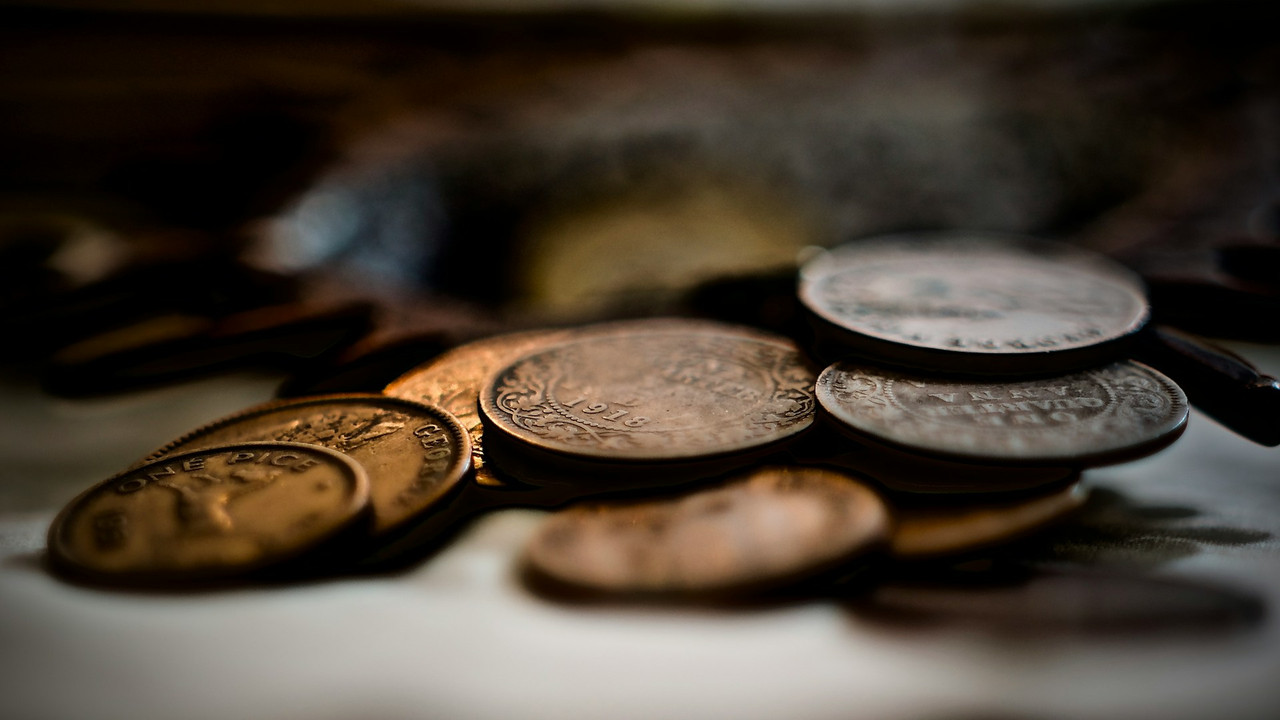
A crucial skill for any coin collector or investor is the ability to assess the condition and value of coins accurately. This process, known as coin grading, serves as the foundation for understanding a coin's worth and plays a significant role in buying, selling, and trading decisions. Mastering coin grading not only allows you to make more informed choices when expanding your collection but also safeguards your investment by ensuring that you are paying or receiving fair market value for your numismatic treasures.
In this beginner-friendly guide, we will introduce you to the world of coin grading, covering essential criteria such as condition, rarity, and age. We will also delve into the various grading systems and scales employed by collectors and professional grading services, helping you appreciate the nuances and intricacies of evaluating coin condition and value. Additionally, we will provide practical tips and resources for honing your coin grading skills, empowering you to make confident and well-informed decisions as you continue to cultivate your cherished collection.
Understanding Coin Condition Criteria
As the cornerstone of coin grading, understanding and accurately assessing coin condition criteria is essential for any collector. Key factors to consider when determining a coin's condition include:
- Surface Preservation: Examining a coin's surface preservation involves assessing the overall appearance of the coin, looking for signs of wear, scratches, or marks that may affect its visual appeal and, consequently, its value.
- Strike Quality: This refers to the detail and depth of a coin's design when it is minted. A coin with a strong strike will have crisp details and well-defined features, typically making it more desirable to collectors.
- Luster: Luster refers to the reflectivity and shine of a coin's surface. A coin in exceptional condition will often have a vibrant, original luster, whereas a worn coin's luster may be dull or muted.
- Eye Appeal: Eye appeal revolves around the overall visual attractiveness of a coin, encompassing factors like surface preservation, strike quality, and luster. Coins with strong eye appeal are often more desirable and valuable.
Familiarizing Yourself with Grading Systems and Scales
To effectively assess coin condition and value, it is important to familiarize yourself with the grading systems and scales commonly used by collectors and professional grading services. Some of the most prominent grading scales include:
- The Sheldon Scale: Developed in 1949 by Dr. William Sheldon, this scale is widely used by collectors and grading services alike. The Sheldon Scale ranges from 1 to 70, with 70 representing a perfect coin and 1 signifying the lowest possible grade. Coins within the 60 to 70 range are considered Mint State or Uncirculated.
- The ANA Grading Standards: Established by the American Numismatic Association (ANA), this system provides a detailed breakdown of coin grades and their corresponding condition descriptors, such as Good, Fine, Very Fine, Extra Fine, and Mint State.
- Third-Party Grading Services: Companies like the Professional Coin Grading Service (PCGS) and Numismatic Guaranty Corporation (NGC) offer professional, impartial coin grading services that combine the Sheldon Scale and additional condition criteria.
Practical Tips for Improving Your Coin Grading Skills
To sharpen your coin grading expertise and make well-informed decisions when buying, selling, or trading coins, follow these practical tips and resources:
- Study Coin Grading Guides: Educate yourself on coin grading principles and techniques by studying comprehensive guides, such as the Official ANA Grading Standards for United States Coins or the PCGS Photograde Online.
- Handle Coins Correctly: Properly handling coins is essential to avoid causing damage that can impact their condition and value. Wear soft gloves to prevent transferring oils from your fingers, and hold coins by their edges to avoid touching the obverse or reverse surfaces.
- Invest in Magnification Tools: Acquiring a quality magnifying glass or loupe can help you see minute details that may affect a coin's grade. Aim to use a magnification level of 5x or 10x when examining coins.
- Network with Fellow Collectors: Joining local collector clubs or online forums allows you to learn from other numismatists, share grading insights, and receive valuable feedback on your coin grading abilities.
Conclusion
Mastering coin grading is a critical skill for every coin collector and investor, equipping you to make well-informed decisions and appreciate the nuances of coin condition and value. By understanding essential coin condition criteria, familiarizing yourself with grading systems and scales, and honing your skills with practical tips and resources, you can elevate your numismatic expertise and protect your valuable investment.
Embark on your journey into the world of coin grading, and let your passion for numismatic treasures guide you towards a greater understanding and appreciation of the art and science of evaluating coin condition. With dedication, practice, and patience, you have the potential to become a seasoned coin grader, unlocking a wealth of numismatic knowledge and opportunities that will enrich your collecting experience for years to come. That said, if you are hunting for dollar coins and more, check out our collector coins at US State Quarters!
